SLVSFG3 April 2020 TPS92612
PRODUCTION DATA.
- 1 Features
- 2 Applications
- 3 Description
- 4 Revision History
- 5 Pin Configuration and Functions
- 6 Specifications
- 7 Detailed Description
- 8 Application and Implementation
- 9 Power Supply Recommendations
- 10Layout
- 11Device and Documentation Support
- 12Mechanical, Packaging, and Orderable Information
Package Options
Mechanical Data (Package|Pins)
- DBV|5
Thermal pad, mechanical data (Package|Pins)
Orderable Information
6.7 Typical Characteristics
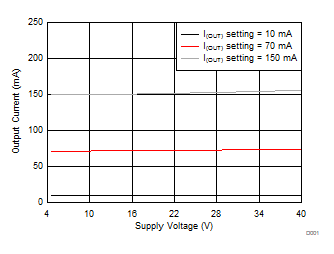
| TA = 25 °C |
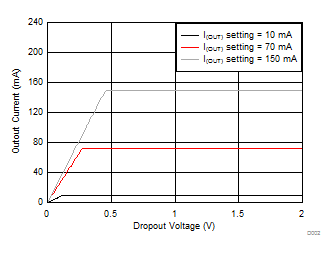
| TA = 25 °C |
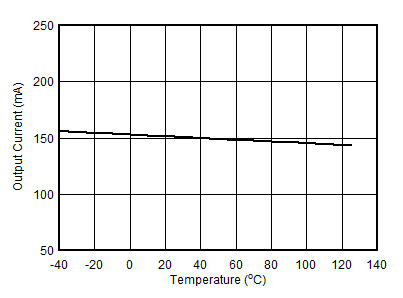
| I(OUT) setting = 150 mA | V(SUPPLY)-V(OUT) = 2 V |
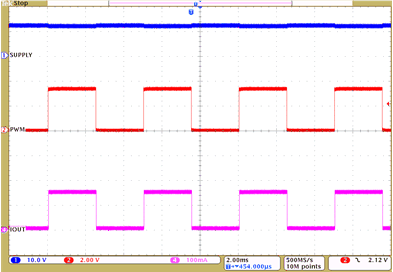
| Ch. 1 = SUPPLY | Ch. 2 = V(PWM) | Ch. 4 = I(OUT) |
| f(PWM) = 200 Hz | Duty-cycle = 50% |
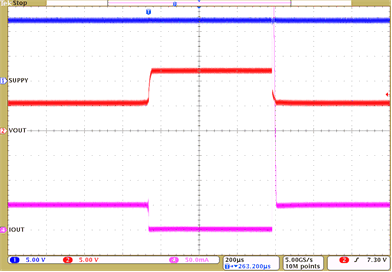
| Ch. 1 = SUPPLY | Ch. 2 = V(OUT) | Ch. 4 = I(OUT) |
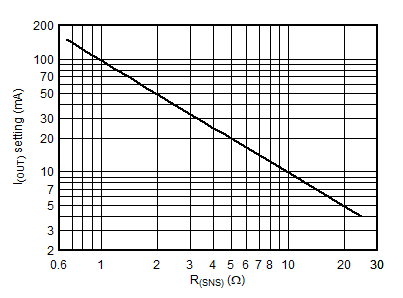
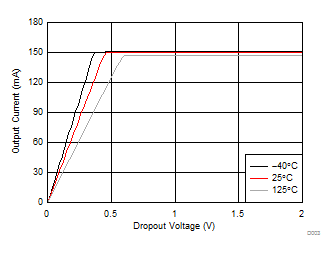
| I(OUT) setting = 150 mA |

| f(PWM) = 200 Hz |
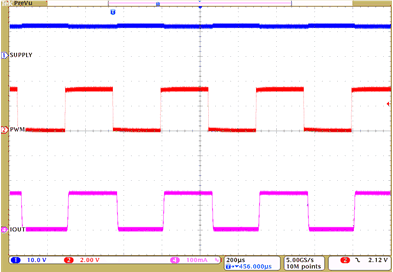
| Ch. 1 = SUPPLY | Ch. 2 = V(PWM) | Ch. 4 = I(OUT) |
| f(PWM) = 2 kHz | Duty-cycle = 50% |
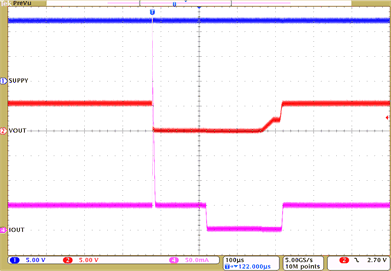
| Ch. 1 = SUPPLY | Ch. 2 = V(OUT) | Ch. 4 = I(OUT) |